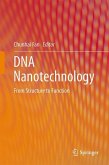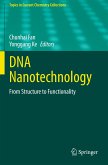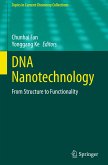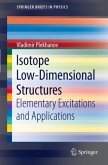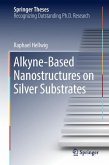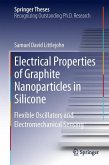The interactions of DNA with force are central to manifold fields of inquiry, including the de novo design of DNA nanostructures, the use of DNA to probe the principles of biological self-assembly, and the operation of cellular nanomachines. This work presents a survey of three distinct ways coarse-grained simulations can help characterize these interactions. A non-equilibrium energy landscape reconstruction technique is validated for use with the oxDNA model and a practical framework to guide future applications is established. A novel method for calculating entropic forces in DNA molecules is outlined and contrasted with existing, flawed approaches. Finally, a joint experimental-simulation study of large DNA origami nanostructures under force sheds light on design principles and, through vivid illustrations, their unfolding process. This text provides an accessible and exciting launching point for any student interested in the computational study of DNA mechanics and force interactions.



